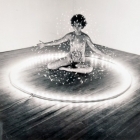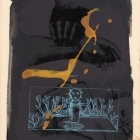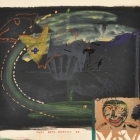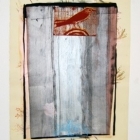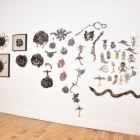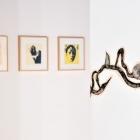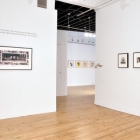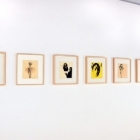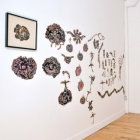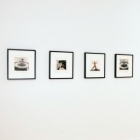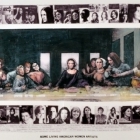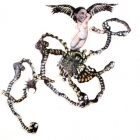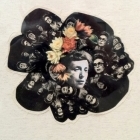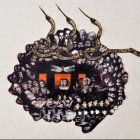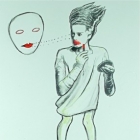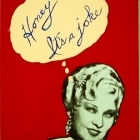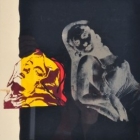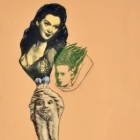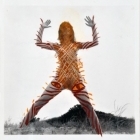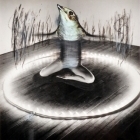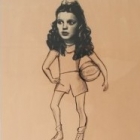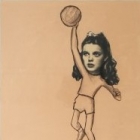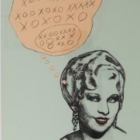Estate of Mary Beth Edelson
Biography
Since the 1960’s Mary Beth Edelson has been a pioneer in feminist art practice, political activism, performance art and public participation. Edelson’s art production consists of diverse mediums including collage installations, drawings, early performative photographs and her iconic posters from the 1970’s.
Mary Beth Edelson’s work has been featured in over 90 books and is widely reviewed in the United States and abroad. Recent museum exhibitions include Me. Myself. Naked., Paula Modersohn-Becker Museum, Bremen, Germany; Female Power, Museum Voor Moderne Kunst, Arnhem, Netherlands; NYC 1993, New Museum, New York; Pictures by Women: A History of Modern Photography, MoMA, New York; WACK! Art and the Feminist Revolution, which was curated by MoMA’s Connie Butler and traveled to LA MOCA, The National Museum of Women in the Arts, the Vancouver Museum, and PS1, New York and Picturing the Modern Amazon, New Museum, New York. The artist has also exhibited internationally at the Malmo Konstmuseum in Sweden, where she had a retrospective of her work; Mumok Museum, Vienna; Migros Museum, Zurich; Shedhalle, Zurich; Lofoten International Art Festival, Norway; and the Tate, London. In addition to international recognition Edelson has founded numerous enterprises including the seminal Conference for Women in the Visual Arts (CWVA) held at the Corcoran Gallery, Washington, D.C. in 1972 and the follow- up seminar at the Smithsonian, Washington, D.C. in 1973.
She is a founder of Heresies Magazine and WAC (Women’s Action Coalition). In 1994 Edelson produced Combat Zone: Campaign Hq. Against Domestic Violence, sponsored by Creative Time. Her work is in the collections of major museums including: the Guggenheim, NY, NY; MoMA, NY, NY; Corcoran Gallery of Art, Washington, D.C. and the Walker Art Center, MN and Malmo Konstmuseum, Sweden. Edelson has had two solo exhibitions with Accola Griefen. In 2016 Edelson was included in the prestigious PS1 MoMA Greater New York exhibition which was reviewed in the New York Times and the New Yorker, both which reproduced images of Edelson’s work.

